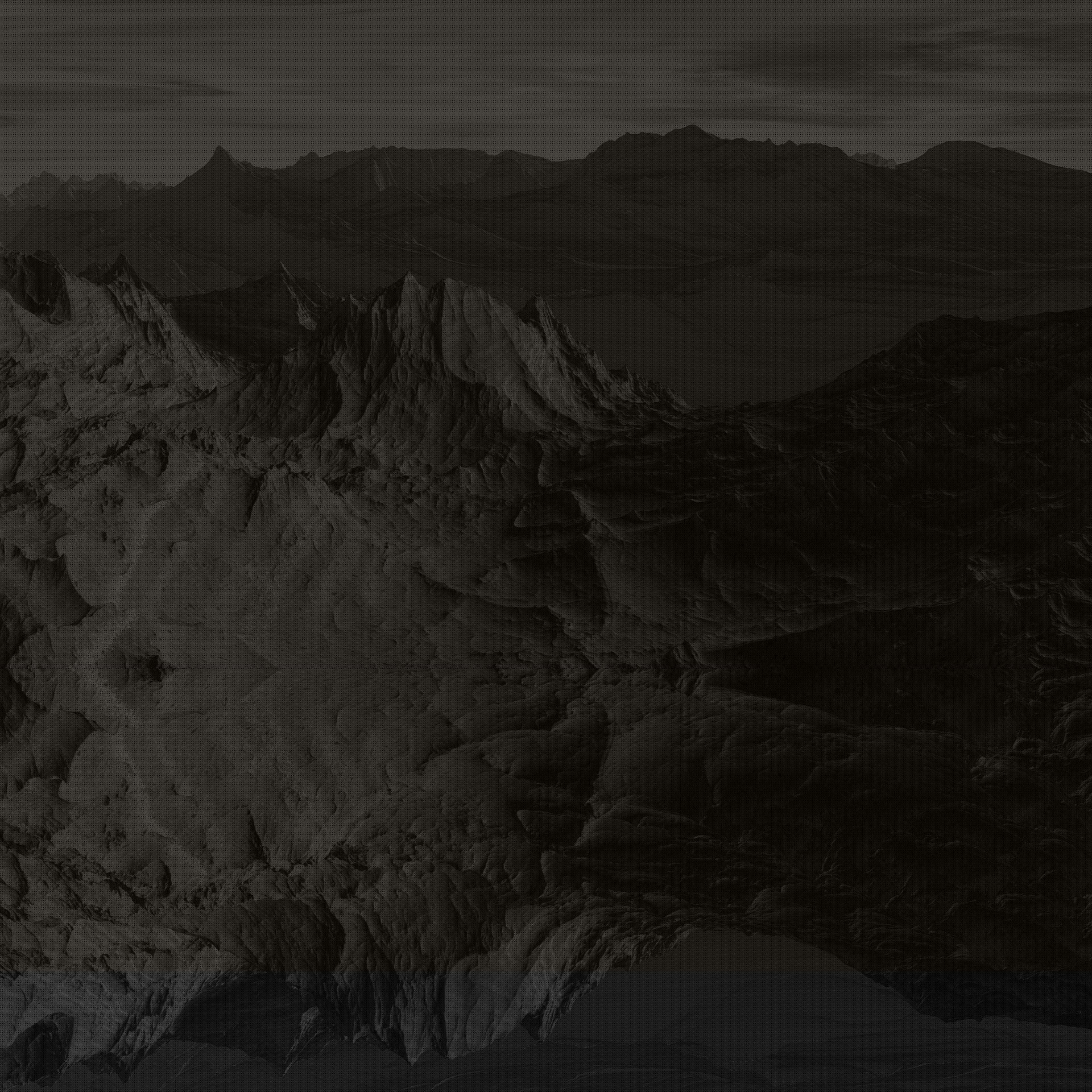Unlocking the Universe: From Atoms to Quarks and the 5% Reality
- Laith Hadid

- Mar 15
- 3 min read
Updated: Mar 17

Introduction: The Journey to Understanding Matter
For centuries, humanity has sought to understand the fundamental nature of reality. From the early philosophers who proposed the existence of indivisible particles to the cutting-edge experiments at the Large Hadron Collider (LHC), our journey of discovery has unveiled the intricate structure of matter. However, despite these groundbreaking achievements, an astonishing revelation has emerged: everything we have ever detected—atoms, protons, and quarks—constitutes only 5% of the universe. The rest remains an enigma, composed of mysterious dark matter and dark energy.
The Discovery of Atoms: The First Clues
The idea of atoms dates back to the ancient Greek philosopher Democritus (circa 400 BCE), who theorized that all matter was composed of tiny, indivisible units. However, it was not until the 19th century that scientific evidence for atoms began to emerge.
John Dalton (1803): Proposed the first atomic theory based on experimental data, suggesting that elements are made of indivisible atoms.
J.J. Thomson (1897): Discovered the electron, proving that atoms had internal structure.
Ernest Rutherford (1911): Conducted the famous gold foil experiment, revealing that atoms consist of a dense, positively charged nucleus surrounded by electrons.
These discoveries led to a refined model of the atom, but the journey was far from over. Scientists soon turned their focus to what lay inside the atomic nucleus.
Beyond Atoms: The Structure of Protons and Neutrons
By the early 20th century, researchers uncovered that the atomic nucleus itself was not fundamental.
James Chadwick (1932): Discovered the neutron, explaining why atomic masses did not align with proton counts.
Protons and Neutrons: Found to be the core building blocks of atomic nuclei, held together by the strong nuclear force.
This understanding formed the foundation of nuclear physics, yet the question remained: Were protons and neutrons themselves indivisible?
The Search for Quarks: Beyond Protons and Neutrons
The answer came in the 1960s, when physicists began to suspect that protons and neutrons were not fundamental particles.
Murray Gell-Mann and George Zweig (1964): Proposed the existence of quarks, tiny constituents inside protons and neutrons.
SLAC Experiments (1968): High-energy electron scattering experiments at the Stanford Linear Accelerator Center provided direct evidence that protons were composed of smaller particles—quarks.
This discovery led to the development of the Standard Model of particle physics, which describes all known fundamental particles and forces (except gravity). However, to truly test and refine this model, scientists needed a more powerful tool.
The Large Hadron Collider: Unlocking the Secrets of Matter
Located at CERN, the Large Hadron Collider (LHC) is the world’s most powerful particle accelerator. Since its first operations in 2008, the LHC has:
Confirmed the existence of the Higgs boson (2012), explaining how particles acquire mass.
Probed the nature of quarks and gluons, deepening our understanding of the strong nuclear force.
Searched for new physics beyond the Standard Model, including potential evidence for dark matter.
By smashing particles together at near-light speeds, the LHC recreates conditions similar to those moments after the Big Bang, allowing scientists to investigate the fundamental fabric of reality.
The Shocking Truth: All of This is Just 5% of the Universe
Despite our deep understanding of quarks, protons, and atomic structures, a staggering realization has emerged: all of this constitutes only 5% of the universe. The remaining 95% consists of:
Dark Matter (27%): An unknown form of matter that does not emit or absorb light but exerts gravitational effects on galaxies.
Dark Energy (68%): A mysterious force responsible for the accelerated expansion of the universe.
The evidence for dark matter and dark energy comes from:
Galaxy rotation curves: Observations show that galaxies rotate faster than expected based on visible matter.
Gravitational lensing: Light from distant galaxies bends more than expected due to unseen mass.
Cosmic Microwave Background (CMB): The afterglow of the Big Bang reveals a universe dominated by dark energy.
Despite decades of research, we have yet to directly detect dark matter or fully understand dark energy. The LHC and future experiments aim to uncover these hidden components, potentially revolutionizing our understanding of physics.
Conclusion: The Quest Continues
The journey from discovering atoms to quarks has reshaped our understanding of matter, but it has also revealed how much we still do not know. While the 5% of observable matter is well understood, the remaining 95% of the universe remains one of the greatest mysteries in modern science. Future discoveries—whether through the LHC, space observatories, or theoretical breakthroughs—may one day unlock the secrets of the hidden universe, changing our fundamental perception of reality itself.

Comments